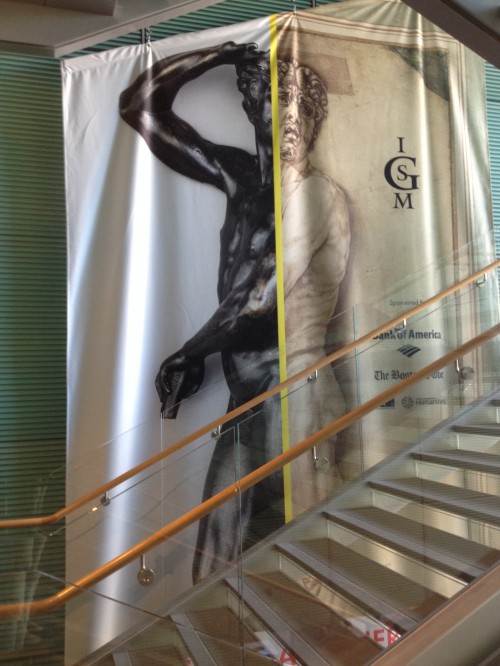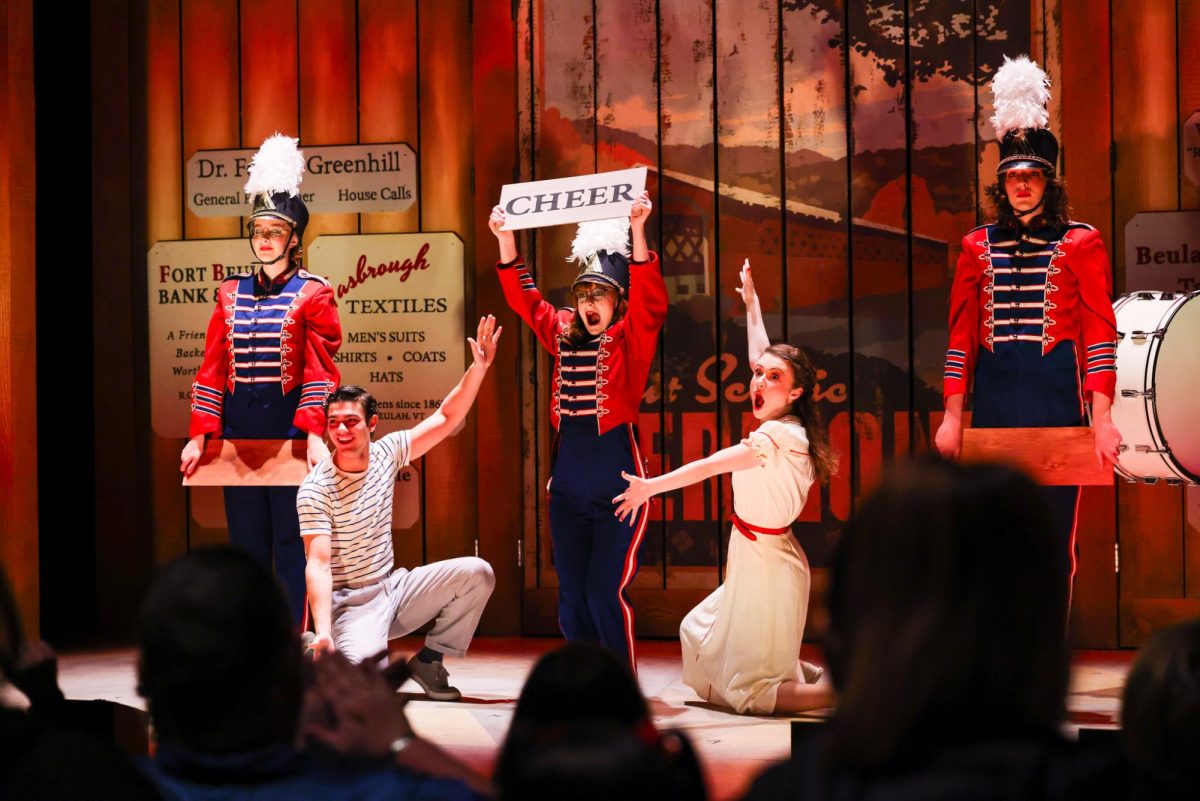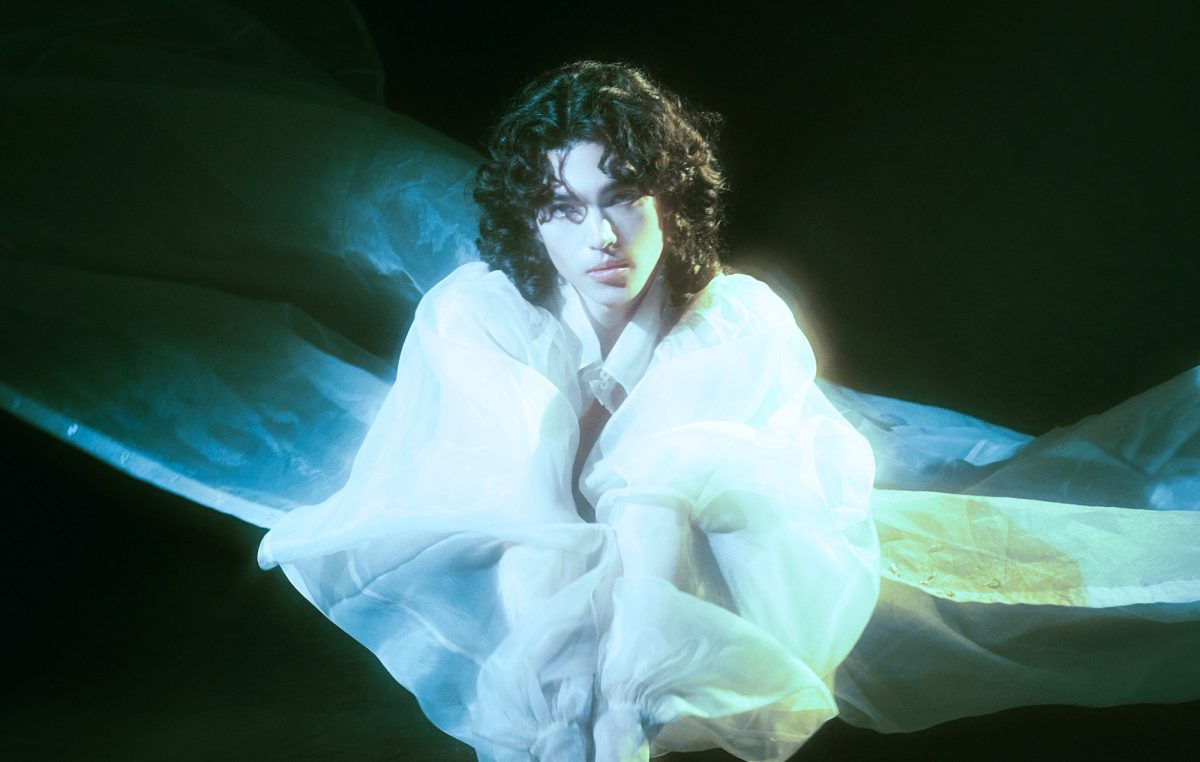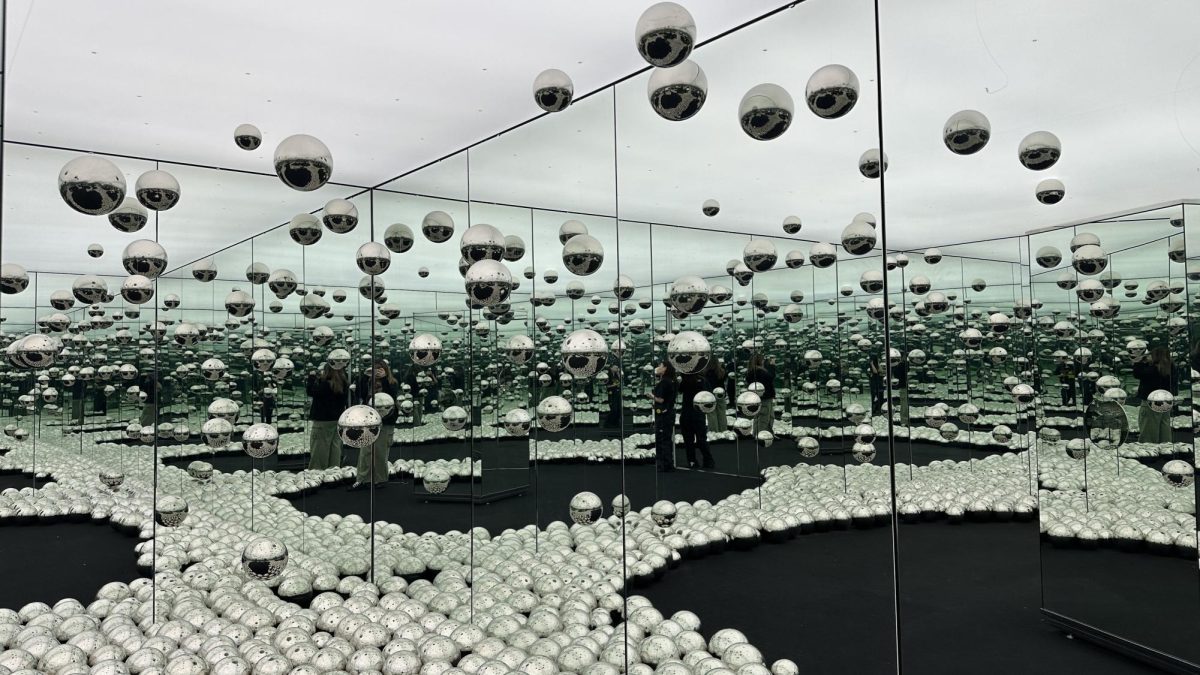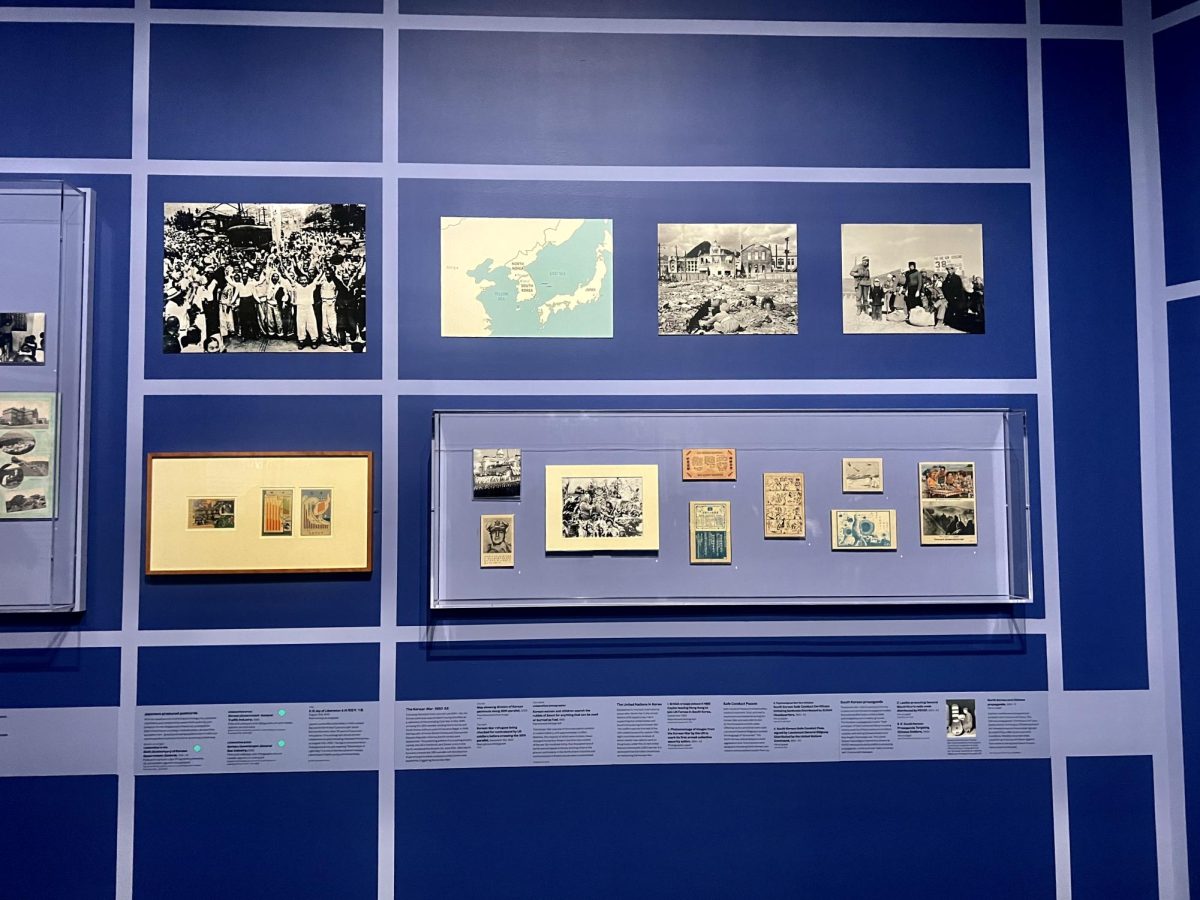Dim lighting and deep, burgundy colored walls warmly coax visitors in the Hostetter Gallery of the Isabella Stewart Gardner Museum. Gaudy, ornate frames dominate the walls of the gallery, yet their contents are seemingly less glamorous.
This is the museum’s newest exhibit, “Donatello, Michelangelo, Cellini: Sculptors’ Drawings from Renaissance Italy.” The gallery, although modest in size, features five themed sections, showcasing incredibly rare drawings created by some of the most notable masters of the Italian Renaissance.
During this time, drawing was considered to be as essential to sculpting as natural talent or apprenticeship. Many artists believed drawing, although not necessarily a in high demand, was essential to being an artist. Even Pomponius Gauricus, a great Italian art theorist of the Renaissance, remarked on the emphasis placed on drawing, a quote proudly displayed on a wall of the gallery, saying, “Donatello judged drawing so essential to sculpture, or so we have heard, that he used to tell his students that the entirety of art could be taught to them in a single word: draw.”
Upon walking into the gallery, several examples of Michelangelo’s work is displayed prominently, four black chalk drawings hanging elegantly on the wall, entitled, “Study.” The drawings depict the initial designs for a statue of the goddess, Venus. Shown from several different perspectives, the immense detail in the drawings of Venus demonstrate Michelangelo’s emphasis on the importance of using drawing to plan sculpture and the short strokes that make up the chalk figures have often been thought to mimic chisel marks Michelangelo would be making in order to create his masterpiece in stone.
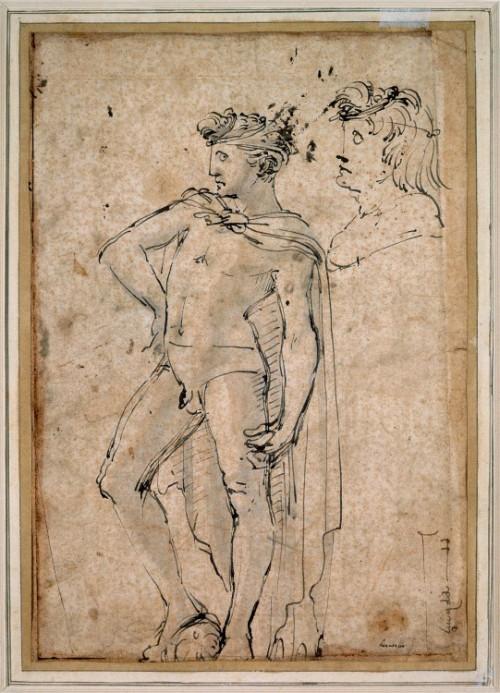
As you move through the gallery, the next theme you encounter are architectural drawings. Although many different artists are featured, the most notable in the grouping is that of a drawing of, “David,” attributed to the great Renaissance artist, Donatello. Created using pen and brown ink, the drawing features plans for Donatello’s most famous sculpture, “David” and is thought to be the last surviving drawing by him.
Next in the gallery is the theme of “Relief.” These works are simply remarkable, capturing various themes and scenes in a very specific form of sculpture. Reliefs, which were in high demand during the time of the Renaissance, are traditionally known for capturing many different characters in a small space, making extensive planning and drawing essential to creating them.
There are several different reliefs on display, however the centerpiece of the section is, “Perseus and Andromeda,” created by Benvenuto Cellini around 1552. The bronze sculpture, which is created in the highest relief, features a young Perseus swooping in to defend his beloved Andromeda from a dragon while her family looks on in horror.
Cellini’s skill is undoubtedly at its height in this piece, showcasing his eye for detail as well as a strong contrast in figures, with the more important figures in the highest relief, while others never quite leave the background, moving your eyes through the story and understanding the tension amongst characters.
Finally, on the far wall of the exhibit, comes the main attraction: the drawings of Baccio Bandinelli. Often regarded as the most famous sculptor of his time, the nature and attention he put into his drawings often set him apart from other artists.
The most notable piece in the collection of Bandinelli’s drawings is “Hercules and Cacus,” a pen and brown ink drawing that depicts the two figures in different stances, allowing Bandinelli to assess how the two figures would work together in the same space from different angles.
Unfortunately, the drawing will only be on display in the exhibit for five weeks. “The ink back then was very acidic and therefore incredibly sensitive to light,” said Renee Fox, a volunteer who works at the museum. For conservation purposes, the drawing will be transported back to Florence where it will remain in storage for the next five years.
Although this one drawing will be leaving the exhibit shortly, the remainder of the pieces will be on display at the museum through Jan. 19, 2015.


